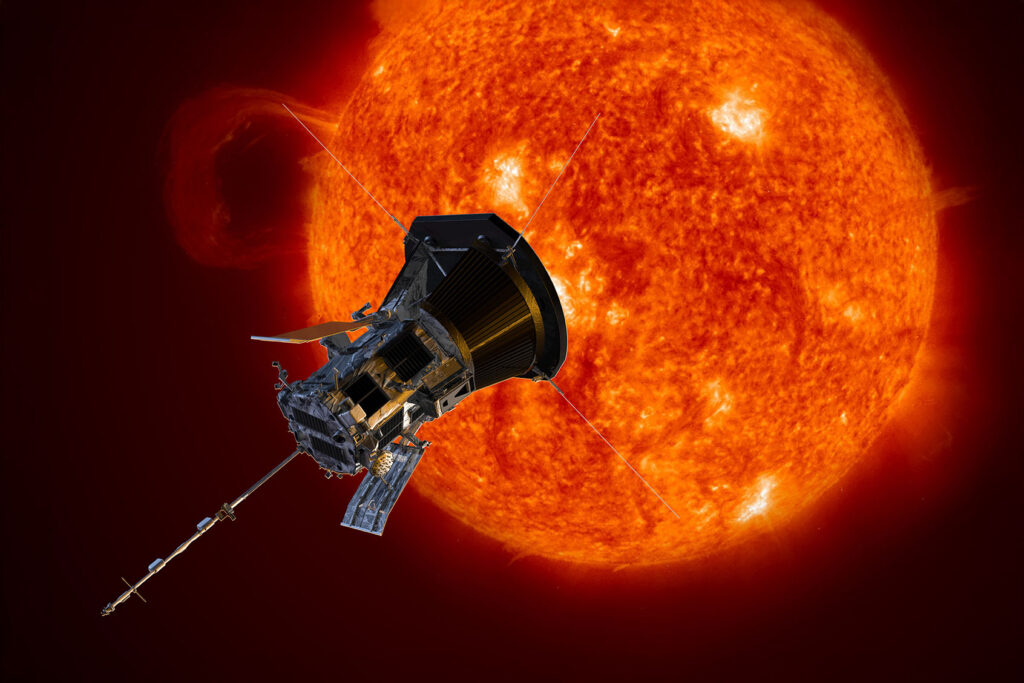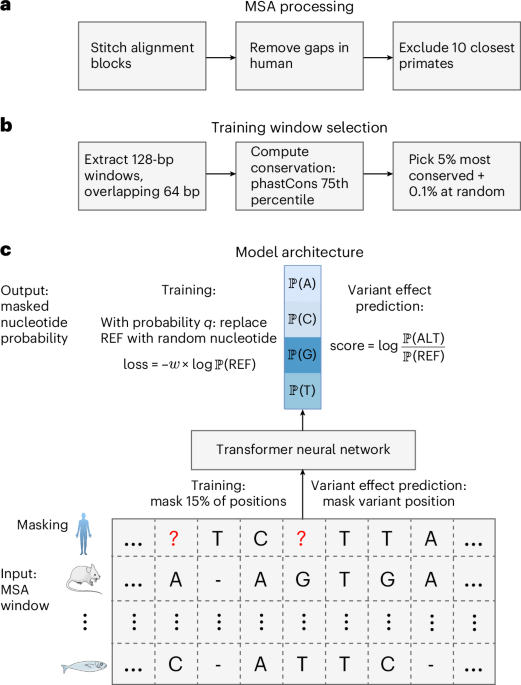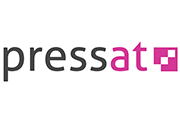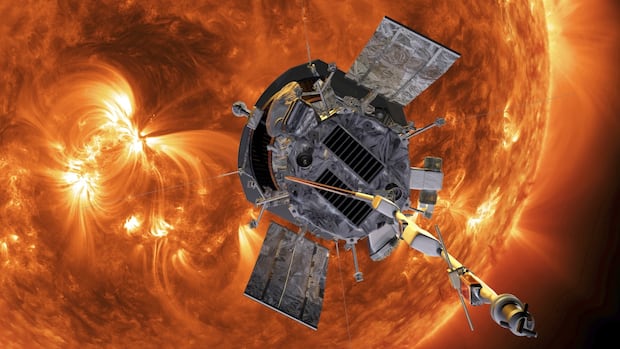Polymarket vs BET: How crypto prediction markets differ in handling betting outcomes

Technology tamfitronics  Polymarket vs BET: How crypto prediction markets differ in handling betting outcomes Liam ‘Akiba’ Wright · 5 hours ago · 5 min read
Polymarket vs BET: How crypto prediction markets differ in handling betting outcomes Liam ‘Akiba’ Wright · 5 hours ago · 5 min read
Polymarket relies on decentralization and community-driven governance, contrasting with BET’s structured resolution process and financial incentives.

5 min read
Updated: Aug. 29, 2024 at 1:29 pm UTC

Cover art/illustration via CryptoSlate. Image includes combined content which may include AI-generated content.
Polymarket and BET are two crypto prediction markets gaining significant attention. Each leverages blockchain technology to offer unique features and user experiences. Polymarket has accrued over $750 million in bets on the US election this year, while the newcomer BET has acquired around $22 million since its launch this month.
Technology tamfitronics How do Polymarket and BET work?
Polymarket operates on the Ethereum blockchain and utilizes Polygon as a Layer-2 scaling solution to enhance scalability and reduce transaction costs. This setup allows Polymarket to efficiently handle a high volume of trades without congesting the Ethereum network or incurring high gas fees.
The platform features mostly binary outcome markets, where users can bet on “Yes” or “No” outcomes for various events through a continuous double auction model. Alternatively, markets can be made for multiple outcomes, such as betting on which terms will be used during a political speech. This model ensures dynamic price discovery, with prices representing the probability of an event occurring.
Notably, Polymarket does not require users to hold a native platform token, and it supports self-custodial wallets, enhancing user security and control over funds. The platform also incentivizes liquidity and participation through various reward mechanisms, including liquidity provider rewards and market-specific incentives.
On the other hand, BET is a Solana-based prediction market platform launched by Drift Protocol. It capitalizes on Solana’s high transaction throughput and low fees, making it an attractive choice for decentralized applications. BET allows users to engage in event-based predictions by purchasing YES or NO shares on the outcomes of real-world events. The platform also offers structured bets, allowing users to implement complex trading strategies.
Technology tamfitronics Differentiating asset collateral and betting mechanisms
Polymarket’s auction system allows for dynamic price discovery by representing the probability of an event occurring. For example, if “Yes” shares for an event are trading at $0.72, it indicates a 72% probability of that outcome. Users can trade their positions anytime before market resolution, enhancing flexibility and liquidity. Polymarket requires users to deposit USDC into their wallets, and the platform does not necessitate holding a native token, simplifying the user experience.
In contrast, BET supports over 30 cryptocurrencies as collateral, including USDC and SOL, providing users with significant flexibility. BET also integrates yield generation through Drift’s borrow/lend platform, enabling users to earn interest on their collateral while waiting for event outcomes. This feature, combined with structured bets that allow users to implement complex trading strategies, sets BET apart in the prediction market landscape.
Polymarket focuses on simplicity and user accessibility by utilizing USDC as its primary currency, eliminating the need for a native token. This approach reduces barriers to entry and enhances user security through self-custodial wallets. Polymarket incentivizes liquidity and participation with various reward mechanisms, including liquidity provider rewards and market-specific incentives, fostering a healthy trading environment.
Conversely, BET offers a more complex financial ecosystem with multiple collateral options and yield-generation capabilities. The platform’s FUEL rewards program further incentivizes user engagement by distributing tokens based on trading volume, which can be redeemed within the Drift and Solana ecosystem. BET’s financial structure and high transaction throughput on Solana provide a fast and efficient trading experience, appealing to users seeking flexibility and additional financial incentives.
Polymarket and BET cater to different user needs. Polymarket emphasizes simplicity and decentralized resolution, while BET offers flexibility and yield opportunities through its diverse collateral options and integration with Drift’s platform.
Technology tamfitronics Resolution tools for prediction markets
Polymarket and BET employ distinct resolution mechanisms to determine the outcomes of their prediction markets, reflecting their differing approaches to decentralization and governance.
Polymarket utilizes UMA’s Optimistic Oracle, a decentralized and trustless system, to resolve market outcomes. This mechanism integrates real-world data into smart contracts, which is essential for determining the results of various wagers. When a market is created, a resolution request is automatically sent to the Optimistic Oracle.
Proposers within the UMA system submit answers to this request backed by a bond. If the proposed answer is uncontested, it is accepted after a challenge period, typically two hours. In case of disputes, the system resets the question and issues a new request to ensure trivial disagreements do not impede resolution. Persistent disputes escalate to UMA’s Data Verification Mechanism (DVM), where UMA token holders vote on the correct outcome, usually resolving within 48 to 72 hours. This process illustrates Polymarket’s commitment to a community-driven and transparent resolution system.
BET resolves its markets through a structured process managed by a security council and an elected multisig under realms governance. At the designated resolution time, the security council updates the oracle with a binary outcome (0 or 1), representing the event’s result. Following this update, an expiry date is set for the market, after which it enters a “reduce only” mode, preventing new positions from being opened or existing ones from being increased.
The market is settled based on the oracle’s outcome, and users can then settle their positions at the determined settlement price. In a shortfall, where the market lacks sufficient funds to cover all positions, the shortfall is socialized into the settlement price, potentially reducing the payout even if the resolution was set to 1. This structured approach ensures fairness and transparency, with mechanisms to handle potential financial shortfalls.
Thus, Polymarket emphasizes decentralization and community involvement through UMA’s oracle, while BET focuses on structured governance and security council oversight to ensure accurate and fair market outcomes.
Technology tamfitronics User incentives and reward systems
Polymarket incentivizes user engagement through various reward mechanisms designed to enhance liquidity and participation. One of its primary incentives is the liquidity provider rewards program, which encourages users to place resting limit orders near the market midpoint. This program aims to create a balanced and liquid marketplace by rewarding users weekly for maintaining healthy market conditions.
Polymarket occasionally runs public competitions based on profit and loss or trading volume to further stimulate user activity. These incentives, combined with the platform’s use of USDC and self-custodial wallets, make Polymarket an attractive option for users seeking a straightforward and secure trading experience.
BET offers a different set of incentives through its FUEL rewards program. This program rewards users with FUEL tokens based on their trading volume, which can be redeemed within the Drift and Solana ecosystem for various benefits. BET also provides yield-generation opportunities, allowing users to earn interest on their collateral while waiting for event outcomes. This feature and the platform’s support for over 30 cryptocurrencies as collateral offer users significant flexibility and potential financial benefits. BET’s structured bets feature further enhances its appeal by enabling users to implement complex trading strategies, such as taking long positions on prediction markets while shorting Bitcoin.
Technology tamfitronics Summary of Polymarket vs BET
Polymarket leverages Polygon to enhance scalability and reduce transaction costs. This setup allows the platform to handle a high volume of trades without congesting the Ethereum network or incurring prohibitive gas fees. Polymarket uses UMA’s Optimistic Oracle for market resolution with a commitment to decentralization and community-driven governance. This oracle system ensures fair and transparent market outcomes by integrating real-world data into smart contracts and allowing for community voting in case of disputes.
BET capitalizes on Solana’s high throughput and low fees, making it a fast and efficient platform for decentralized applications. Its resolution process involves a security council, an elected multisig under realms governance, which updates the oracle with the event’s outcome. This structured approach ensures accurate and fair market resolutions, with mechanisms in place to handle potential financial shortfalls.
Both platforms offer diverse market opportunities, with Polymarket supporting various topics, including politics, sports, and entertainment. BET initially focuses on political events but plans to expand into sports and cultural events, broadening its market reach. These differences highlight the platforms’ unique strengths: Polymarket emphasizes simplicity, security, and decentralized resolution, while BET offers flexibility, yield opportunities, and a structured governance model. Users can choose between these platforms based on their preferences for market diversity, financial incentives, and technical infrastructure.



 Hot Deals
Hot Deals Shopfinish
Shopfinish Shop
Shop Appliances
Appliances Babies & Kids
Babies & Kids Best Selling
Best Selling Books
Books Consumer Electronics
Consumer Electronics Furniture
Furniture Home & Kitchen
Home & Kitchen Jewelry
Jewelry Luxury & Beauty
Luxury & Beauty Shoes
Shoes Training & Certifications
Training & Certifications Wears & Clothings
Wears & Clothings
















